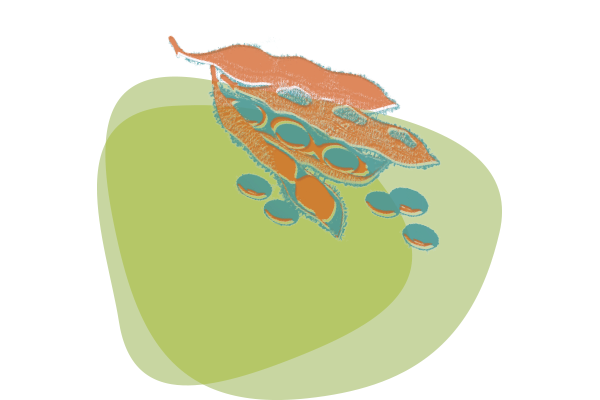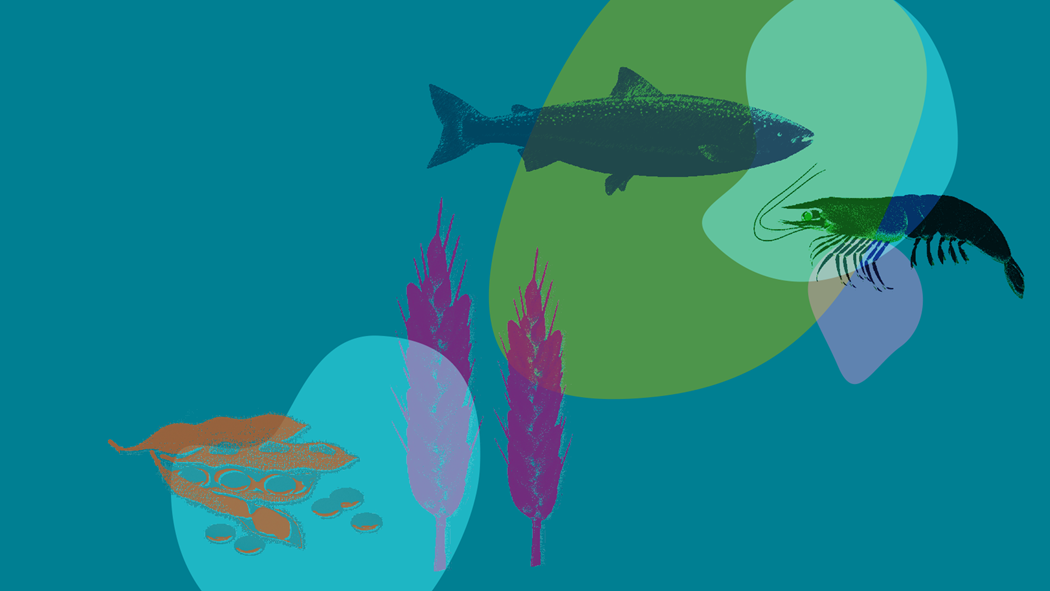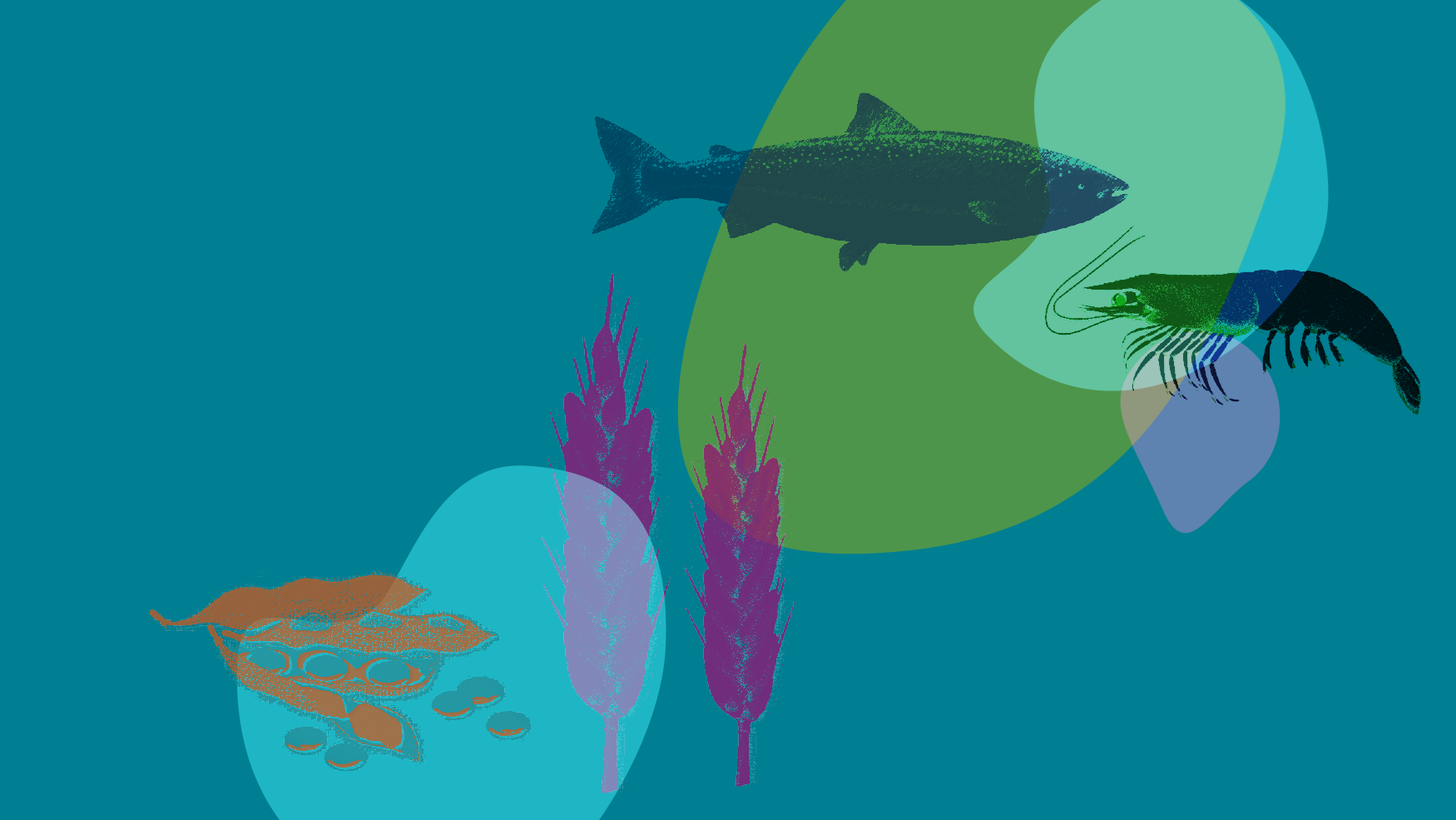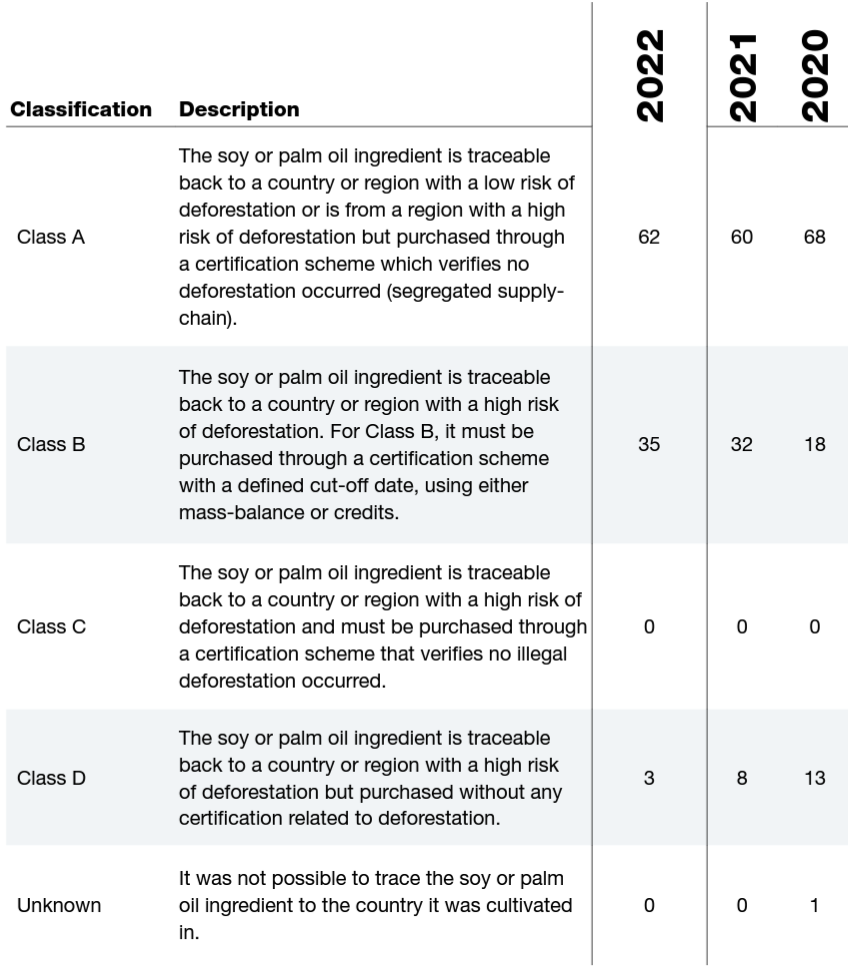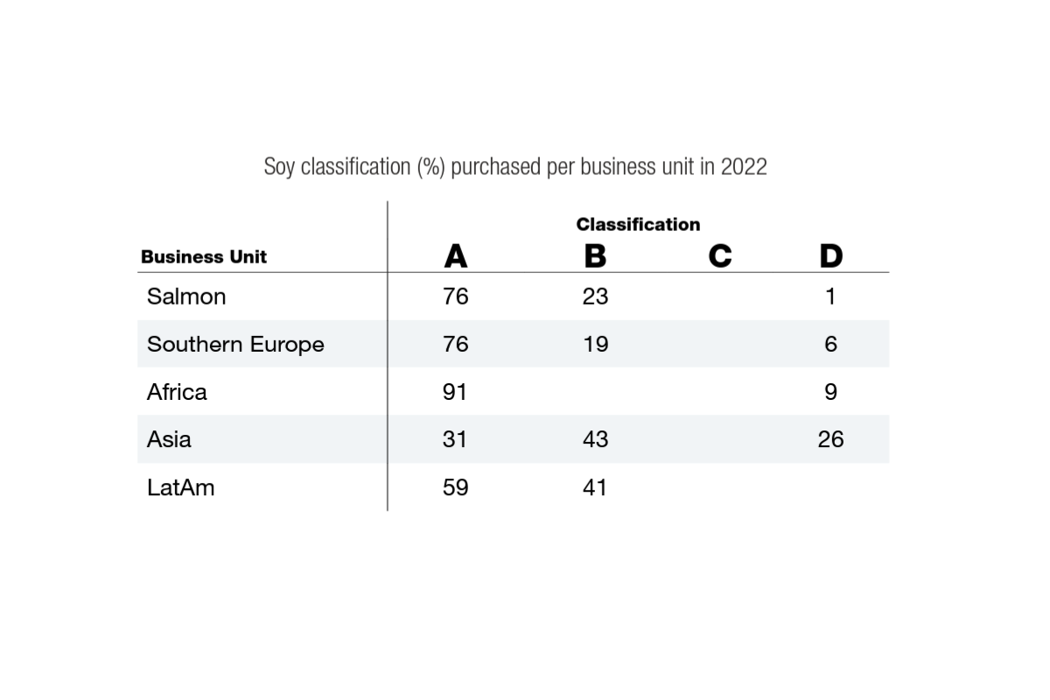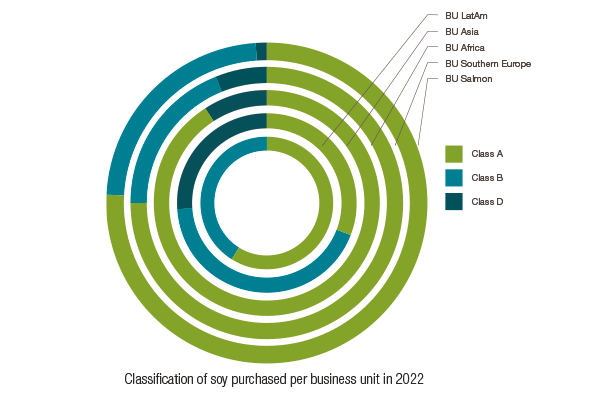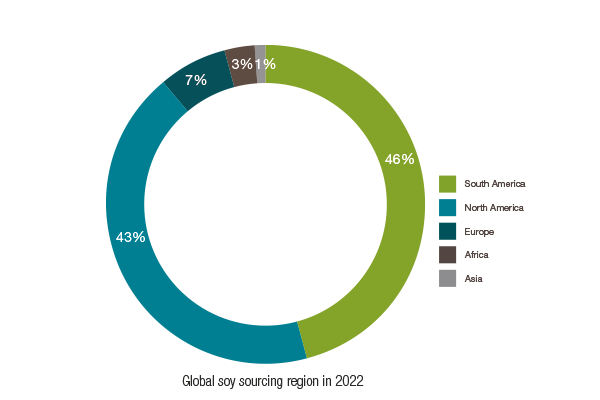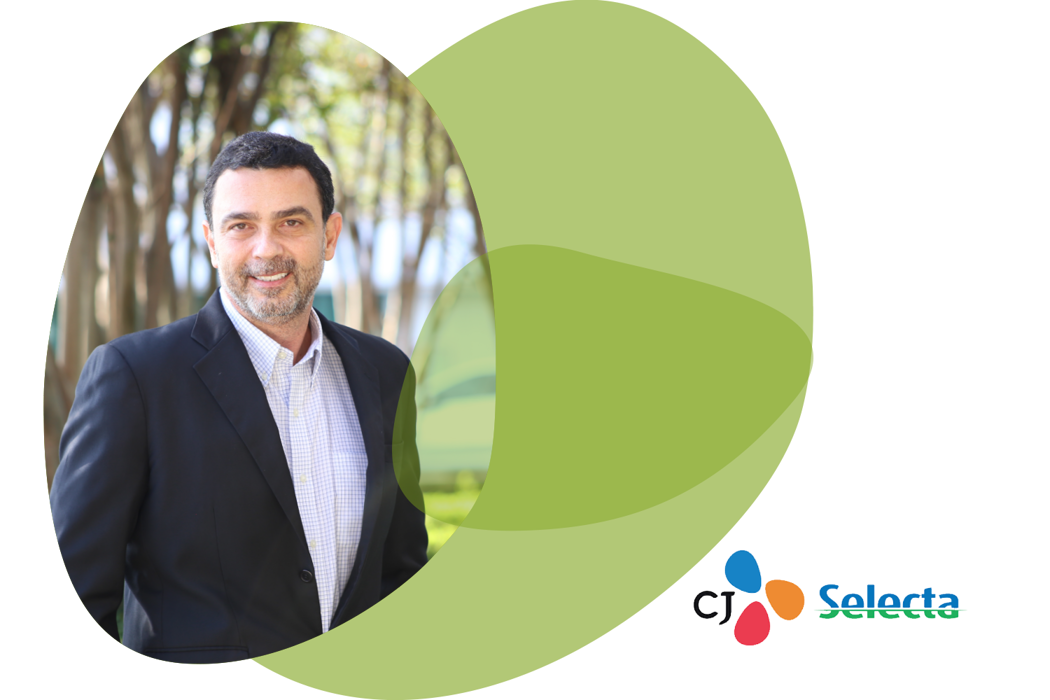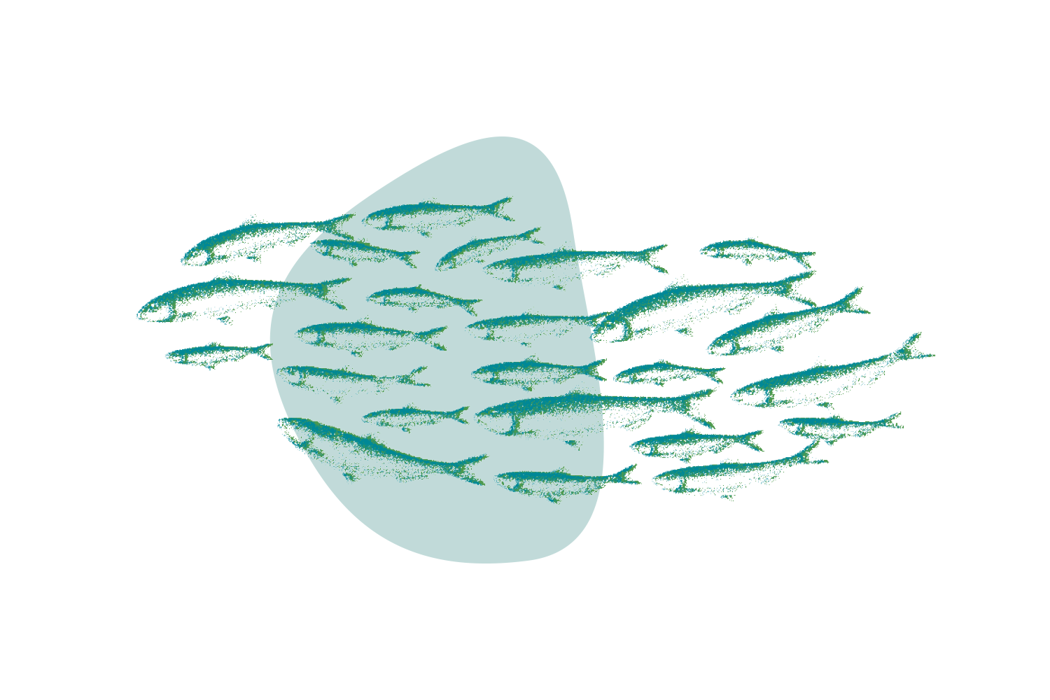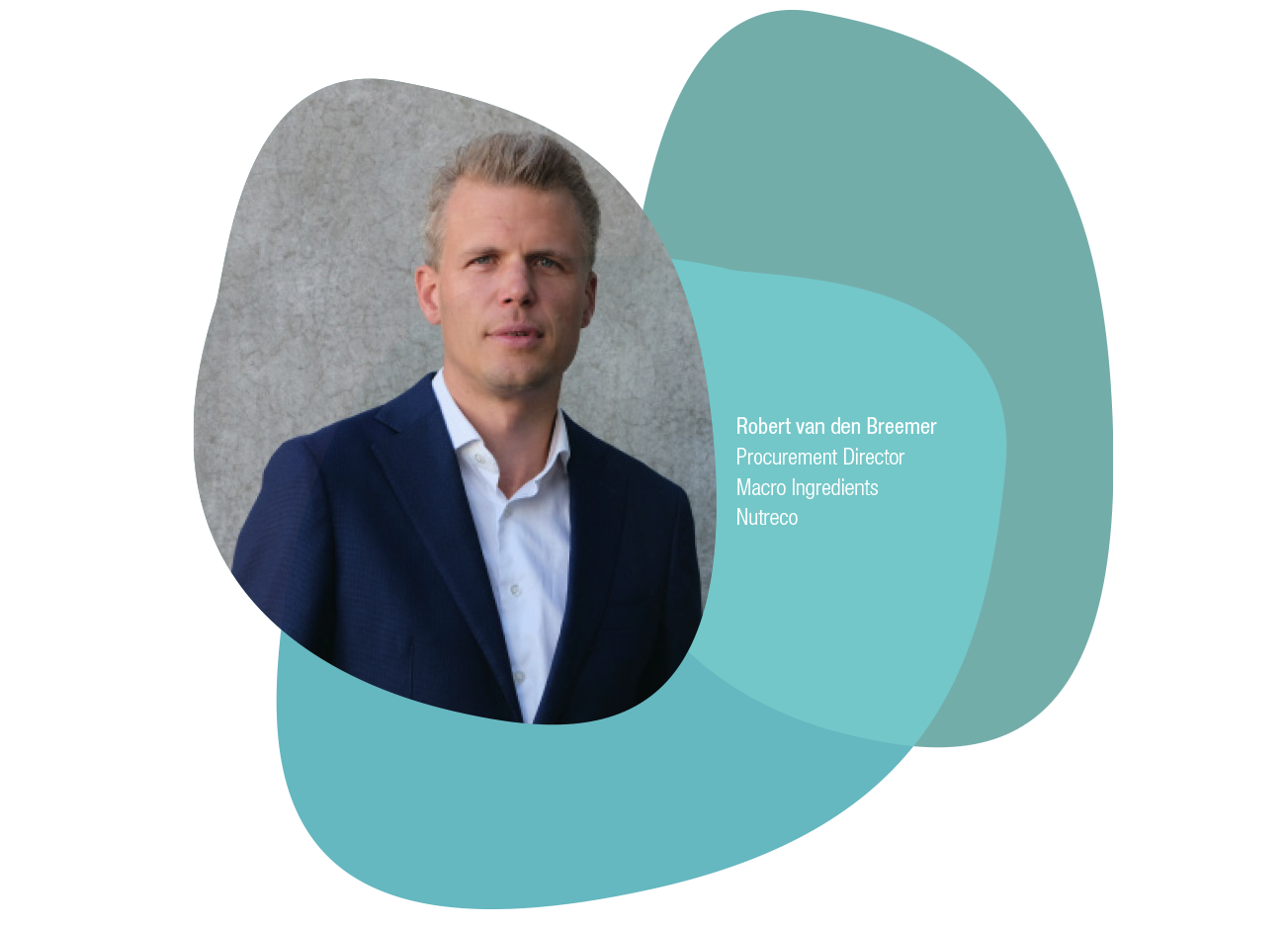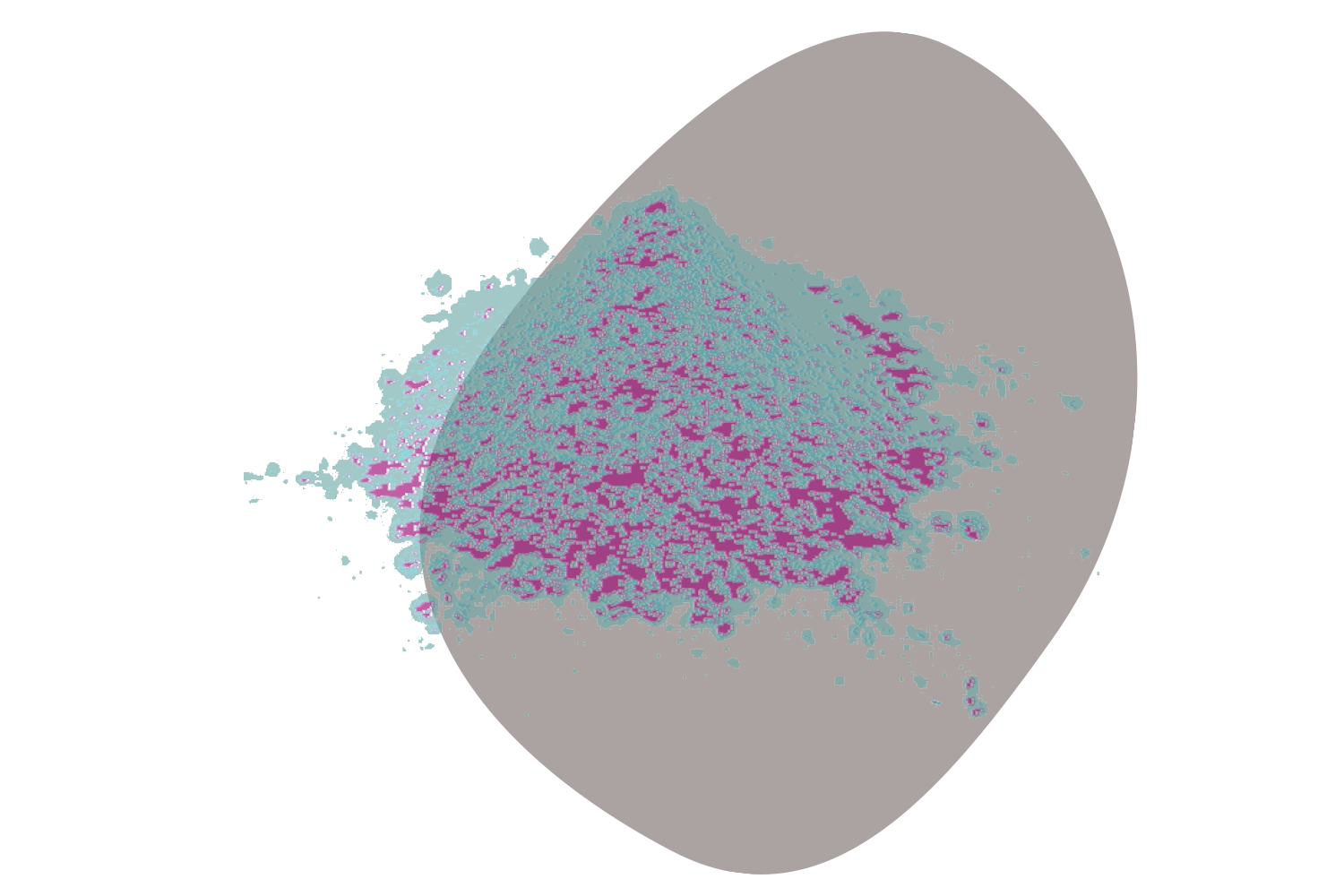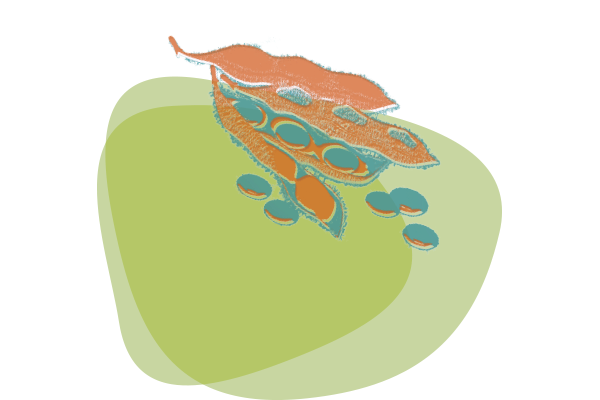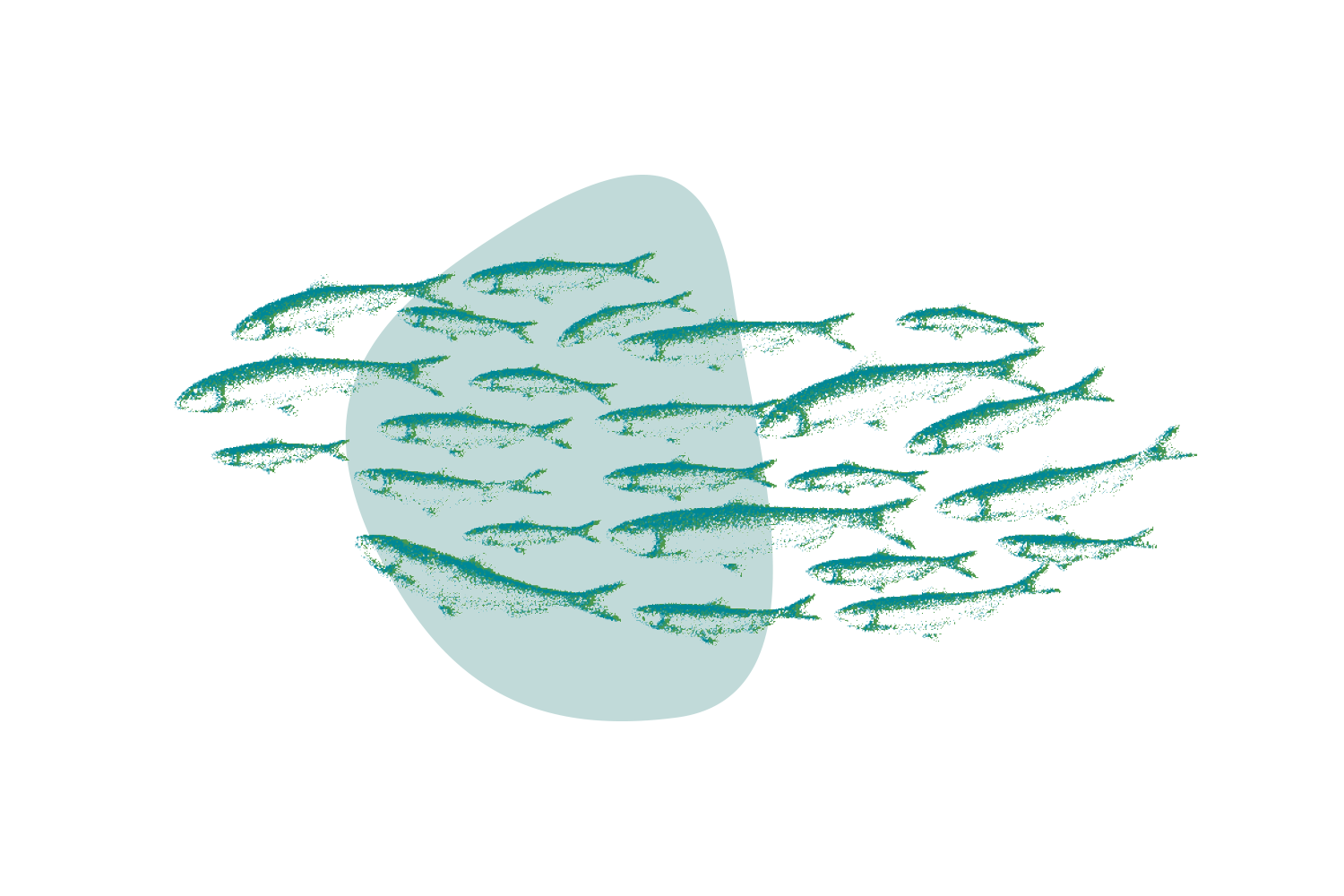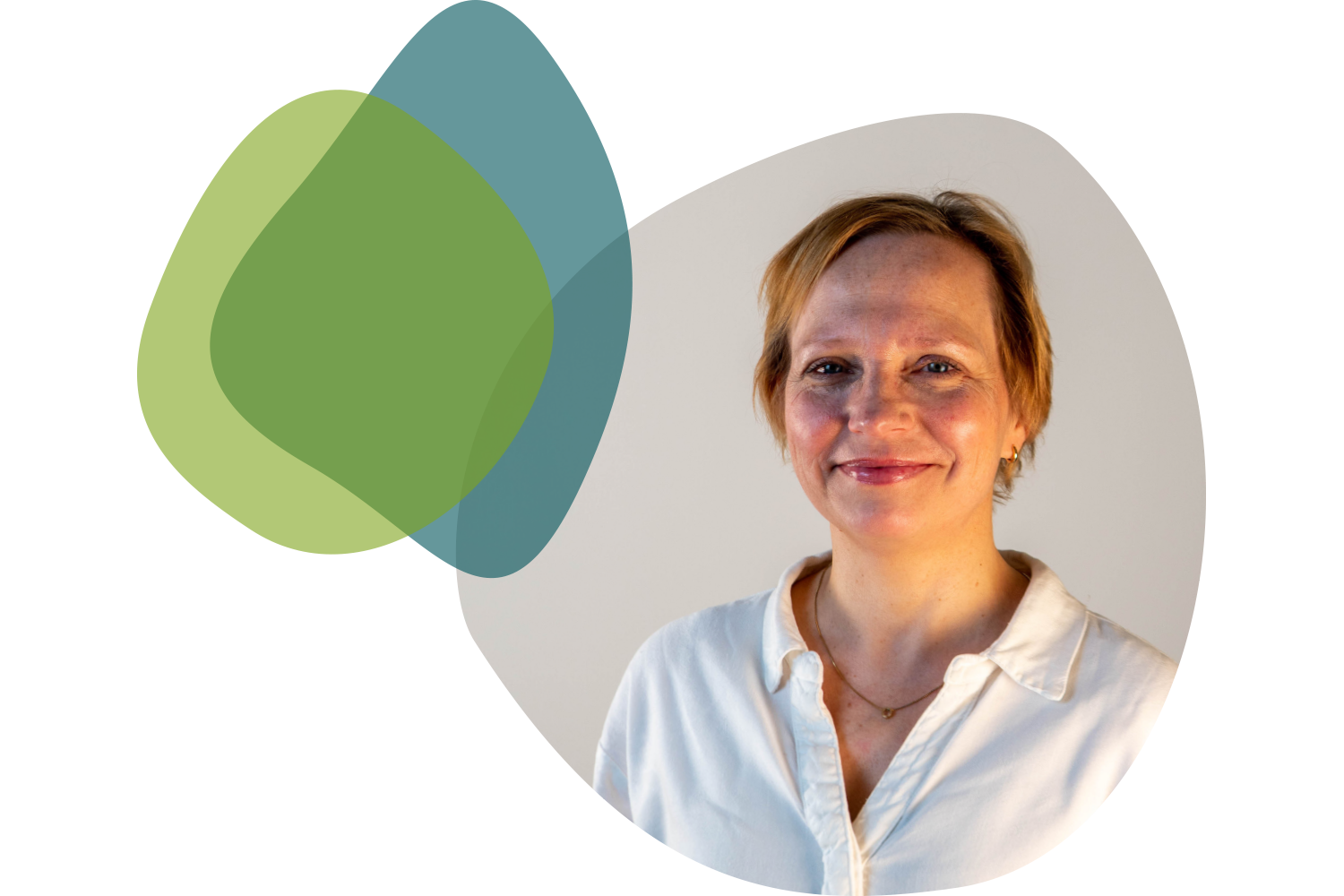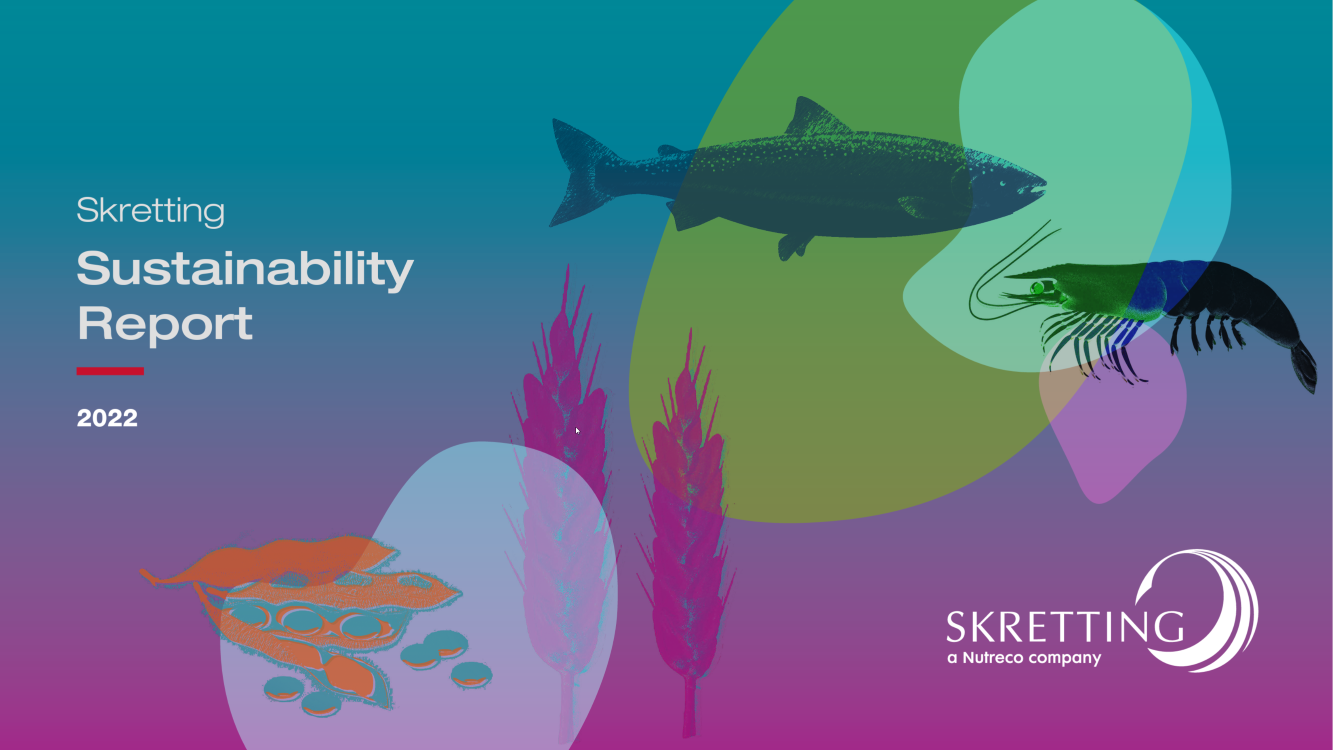Through close collaboration with our suppliers we are gaining an increased understanding of the origins of our soy. Despite these gains, we still see large complexities within our supply chains. We are pleased to see the EU acting on deforestation, with a 2022 ruling mandating due diligence on select imported commodities, including soy, to ensure their deforestation-free origins. We believe that this will force the industry to create 100% traceable deforestation-free supply chains. Hopefully, these supply chains will not only be available to our EU-based companies, but also our other businesses across the globe.
We have set intermediate goals towards a deforestation-free supply chain by the end of 2025. In 2022, we committed to only source Class A, B or C. This means that we will not source from high risk countries without relevant certifications. In many cases we covered this intermediate goal by purchasing Round Table on Responsible Soy Association (RTRS) credits for our high deforestation risk soy volumes. Through the purchase of RTRS credits, we support farmers that are deforestation free. Unfortunately, 3% of our total soy purchases originated from high risk regions without any certification making these volumes non-compliant with our sourcing policy’s 2022 goals.
However, 97% of the purchases were compliant with the intermediate goal and we do see a continued decrease in uncertified, high risk, soy products - from 14% in 2020 to 3% in 2022. We will work together with our business and suppliers to decrease this number to 0% in 2023 so we are fully compliant with our sourcing policy.
Read our soy & oil palm ingredients sourcing policy
